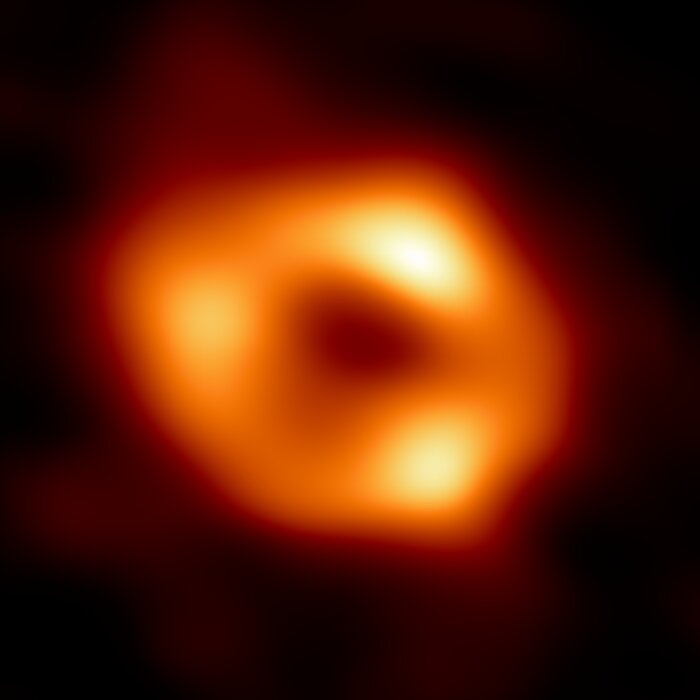
EXPERT REACTION: First images of a black hole in our galaxy
Not peer-reviewed: This work has not been scrutinised by independent experts, or the story does not contain research data to review (for example an opinion piece). If you are reporting on research that has yet to go through peer-review (eg. conference abstracts and preprints) be aware that the findings can change during the peer review process.
The first-ever image of a black hole in our own Milky Way galaxy has been captured by scientists. The images are of Sagittarius A*, a supermassive black hole in the middle of the Milky Way around 26,700 light-years away. The Event Horizon Telescope (EHT) collaboration captured the image using a network of radio telescopes linked across the globe. Here's what Aussie experts had to say.
Organisation/s: Event Horizon Telescope
Funder: Funding information for the Event Horizon Telescope is available here: https://eventhorizontelescope.org/funding-support
Attachments:
Note: Not all attachments are visible to the general public
News for:
Australia
International
VIC
QLD
WA
Media contact details for this story are only visible to registered journalists.


Expert Reaction
These comments have been collated by the Science Media Centre to provide a variety of expert perspectives on this issue. Feel free to use these quotes in your stories. Views expressed are the personal opinions of the experts named. They do not represent the views of the SMC or any other organisation unless specifically stated.
Professor Karl Glazebrook is a Laureate Fellow and Distinguished Professor at the Centre for Astrophysics & Supercomputing, Swinburne University of Technology